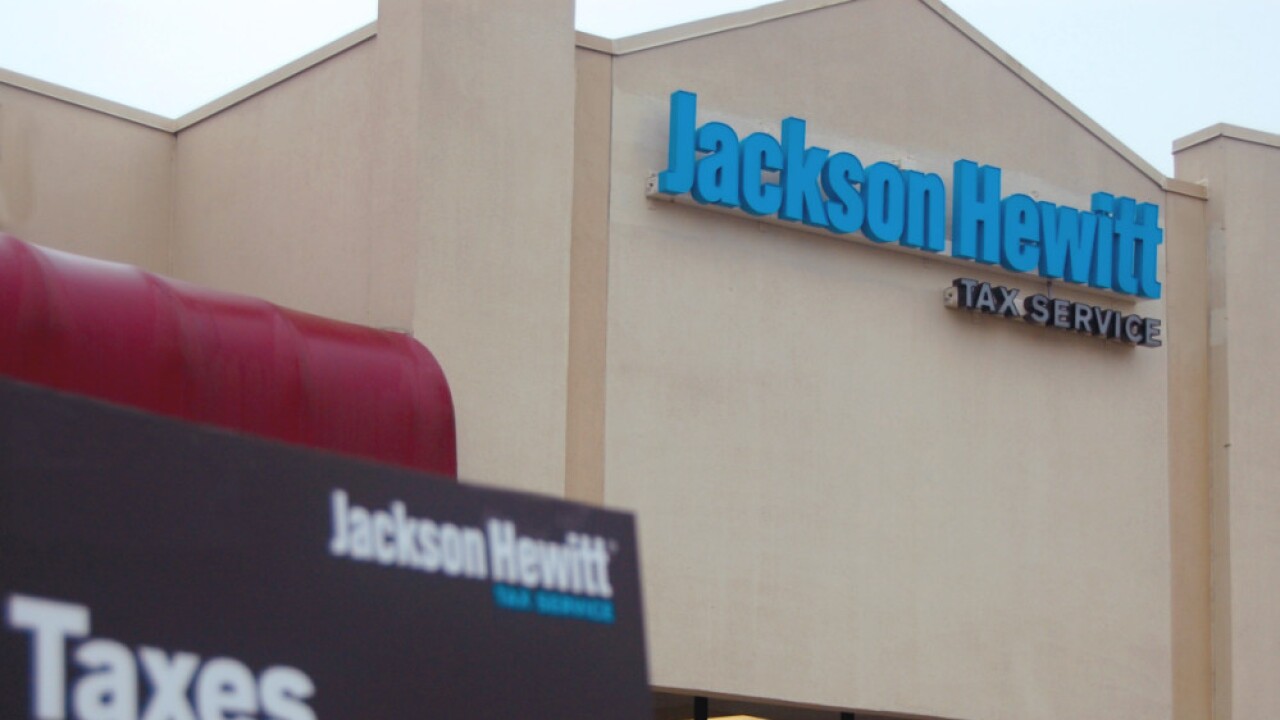Leaders and managers are very worried about high levels of turnover among Millennials, and they are right to be. In most organizations, turnover among new employees has been going up ever so slightly but steadily over the past two decades.
Turnover is by far the highest among employees with up to two years’ tenure, and next highest among employees between two and five years’ tenure. Some of this is a function of youth, but there are also generational issues at play. Millennials are coming of age in a labor market that presumes total job mobility. Meanwhile, they are more likely than those of earlier generations to see their job as just one piece in their life puzzle, rather than as the first, indispensable anchor piece without which they cannot build a happy life and family. To Millennials seeking to customize the perfect life and career, the job is a less important puzzle piece than, say, where they live, what schedule they keep, opportunities to participate in certain activities, or proximity to friends or family. Add all these factors together, and it’s easy to see that Millennials are likely to have the highest early-career-stage turnover of any generation in history.
But is it impossible to retain the best of the Millennials? No. You can retain the best people indefinitely, one day at a time, as long as you are willing to keep making it work for them. You can even turn many of the best into long-term employees and some of the very best into new leaders.
You have no choice. They are the future of your organization.
TAKE CONTROL OF TURNOVER
Your goal should not be to eliminate turnover among Millennials. That’s never going to happen. Your goal should be to take control of the turnover among Millennials. You want the high performers to stay and the low performers to go. How do you achieve that?
One key is the prestige factor. Millennials are highly aware of prestige and status, and they want to be associated with them. A Millennial recently told me, “I want to be part of a prestige group. I don’t want to be associated with some second-rate anything.”
In order to retain the best, you need to send the message that not everyone gets to work at your firm, and that it is a privilege and an honor to work there. What can you do to increase the status and prestige of working for you on your team?
PUSH OUT LOW PERFORMERS
What you can do is shine a bright light on the very top performers. But you should also shine a bright light on everyone else. With a bright light shining on them, the stubborn low performers will usually stick out like sore thumbs. Remember: Part of sending the message that it’s a privilege and an honor to work at your firm is sending the message that not everyone gets to work there! If you are serious about retaining Millennials, one of the most important questions you should be asking yourself is how you can get turnover to skyrocket among the low performers.
Once you push out the stubborn low performers, the trick is getting everyone else to want to stay and work even harder for you. How? Keep shining that bright light. While low performers squirm under bright light, high performers usually shine brightest. They want to know that someone knows just how much great work they are doing.
KNOW WHAT THEY WANT
Understanding an individual employee’s unique needs or wants is the key to being able to reward that person in a meaningful way. The more unusual the needs and wants of a particular employee, the more valuable it will be if you are able to meet those needs and wants, because it will be harder for other employers to replicate those rewards. If you can work out a special deal with a star Millennial to meet some unusual need or want that really matters to that person, you will have a powerful retention tool.
Whatever you are doing to be flexible and generous to retain your good employees, you need to be much more flexible and generous to keep your great employees. Ask yourself the following questions:
What are you paying your good employees? Pay your great employees more. Consider giving them more in base pay and benefits. Definitely give them more bonus money contingent on clear performance benchmarks tied directly to concrete actions that they can control.
What kind of scheduling flexibility are you providing for your good employees? Give your great ones the best schedules, and give them more control over when they work.
How are your good employees assigned to work with vendors, customers, co-workers, subordinates and managers? Give your great employees first choice in relationship opportunities at work.
How are tasks and responsibilities assigned to good employees? Give your great employees first choice. Give the great ones first choice on any special projects or choice assignments.
What training opportunities are being made available to good employees? Offer the best resources to the best people first.
How are good employees assigned to work locations or work spaces? What about travel? Give the best people the first choice of location, work space, and travel.
Every Millennial wants a custom deal. The more you are able to customize for them, the longer you will keep them. But if your resources and your ability to customize are limited, you had better concentrate those resources on your very best people. That’s only fair. And it’s the only way you are going to retain the best Millennials for any reasonable duration of employment.
LAVISH TIME AND ATTENTION
Don’t make the mistake of thinking that some of your Millennials are so talented, skilled and motivated that they don’t really need the attention of managers. The better they are, the more attention they want: The superstar Millennials want managers who know exactly who they are, help them succeed, and keep close track of their success. If you really want to retain your very best Millennial superstars long enough to grow and develop them, someone has to make concerted efforts to surround them with teaching-style managers, advisors, organizational supporters, and maybe even mentors.
Bruce Tulgan is the founder and CEO of




